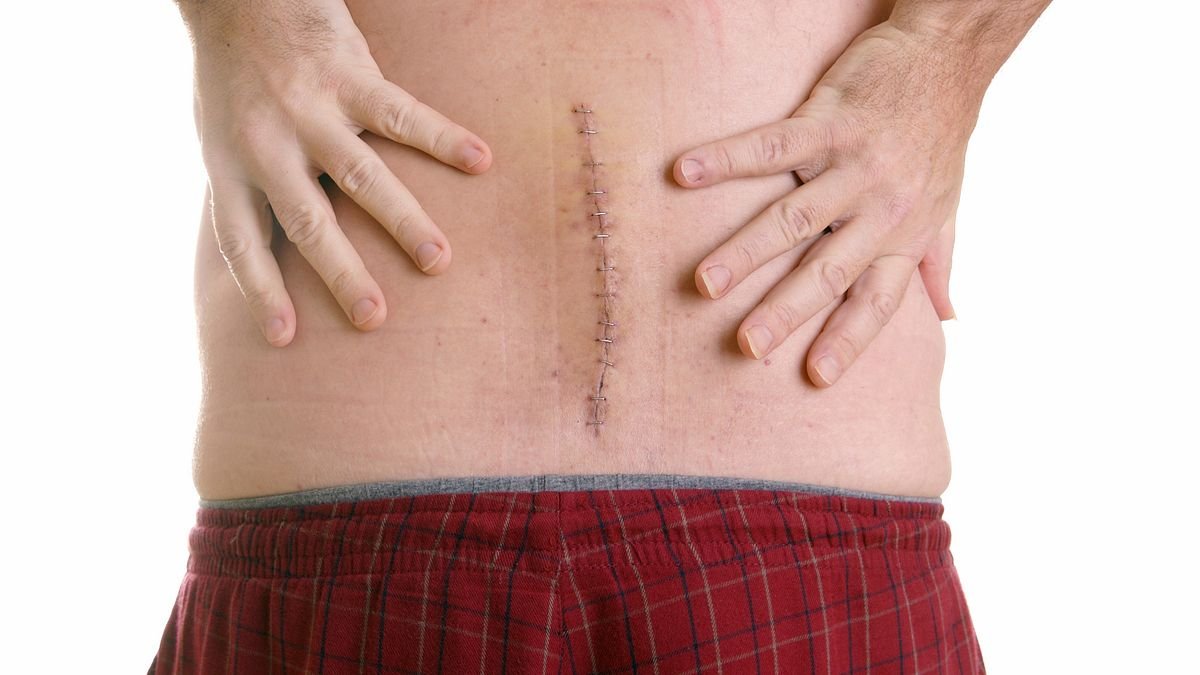SPONDYLOLISTHESIS IN YOUTH ATHLETICS
https://www.isjonline.com/article.asp?issn=2589-5079;year=2021;volume=4;issue=1;spage=10;epage=17;aulast=Batra
I came across this article during a continuing education weekend lecture. I was all ears, since I had just been dealing with two very frustrating cases of youth athletics spondylolisthesis cases, which were not being taken seriously by their respective treating providers.
Most people may not have even heard of the term spondylolisthesis, which describes a stress fracture to the posterior elements of the lower lumbar spine. It happens in youth, between ages five and 16, and is not the result of a single trauma but repetitive axial loading with extension and is most commonly experienced with certain type of athletic activities in predisposed teenagers. The problem with youth athletics spondylolisthesis is that some of them will get better with rest and core strengthening, and some of them will not, but my experience as a referring provider is that there doesn't seem to be a very consistent way for the orthopedic system to differentiate between the cases and our youngsters often end up in a one-size-fits-all approach, not always with good results. As a provider who sees a variety of ages, I will often have to deal with the adult and mature adult results of a poorly treated spondylolisthesis in teenagers, long after the juvenile orthopedic system has seen them.
The very first problem is often that the spondylolisthesis is not picked up in the early stages, when the chances of it fully stabilizing and healing without permanent abnormal mechanical faults to the lumbosacral system is available. You can have a strong suspicion from the history, examination findings, and possibly plain film imaging, but ultimately you can only clearly diagnose it with advanced imaging such as MRI.
Assuming under the best of circumstances that advanced imaging has been done in the early stages, the next big issue is determining how likely it is to stabilize within 6 to 8 weeks of immobilization and strengthening. To that I would add obviously the chiropractic approach to look for any underlying mechanical inefficiencies they would add the chance of overloading the posterior elements such as the facets and the bony pars, such as strong pelvic girdle misalignment, short leg, ankle pronation, imbalances in the hip flexors and glutes, cervical facet syndrome with poor proprioception etc.
The research article in the Indian spine journal was really quite remarkable and that it looks at the very objective data to assess which patients are likely to progress to the point of needing surgical stabilization in which ones are not. It is based on total spine lateral weight-bearing plain film x-rays, measuring the angle of the sacrum, on which the spondylolisthesis segment normally rests, lumbar lordosis, and overall cervical to lumbar spine alignment. I had to chuckle since these are the types of mechanical things that chiropractors have been talking about for a long time, and I'm thinking my Indian chiropractic colleagues are probably enjoying a very close working relationship with their respective orthopedic surgeons.
At any rate, for those of you out there dealing with this tricky health issues, whether as a patient, as a parent, as a coach or athletic trainer, know that they are the resources to help you figure out which category you fall into, even if your current provider is not able to direct you with their own toolbox.














